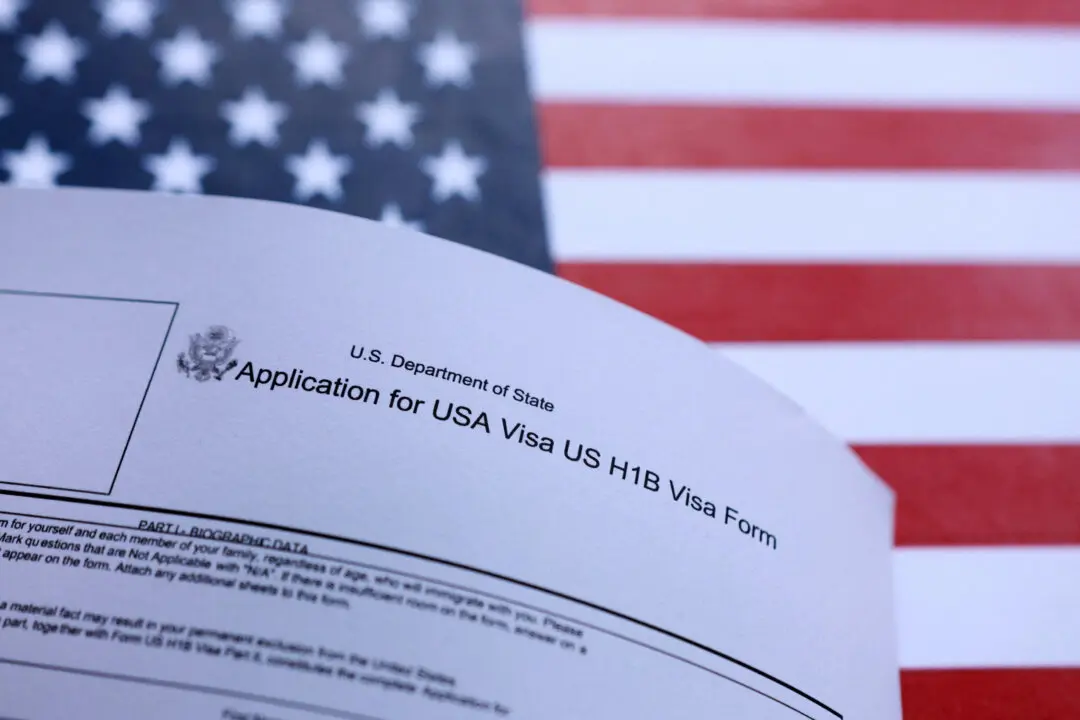A warning was issued for the middle and lower Florida Keys as Tropical Storm Rafael took shape in the Caribbean. The storm is expected to become a Category 2 hurricane within 48 hours.
Located 175 miles south of Kingston, Jamaica, and 395 miles southeast of Grand Cayman at 4 p.m. (local) on Nov. 4, Rafael was found with maximum sustained winds of 45 mph, and its tropical-storm-force winds (39 mph–73 mph) extended 105 miles out from its center.





